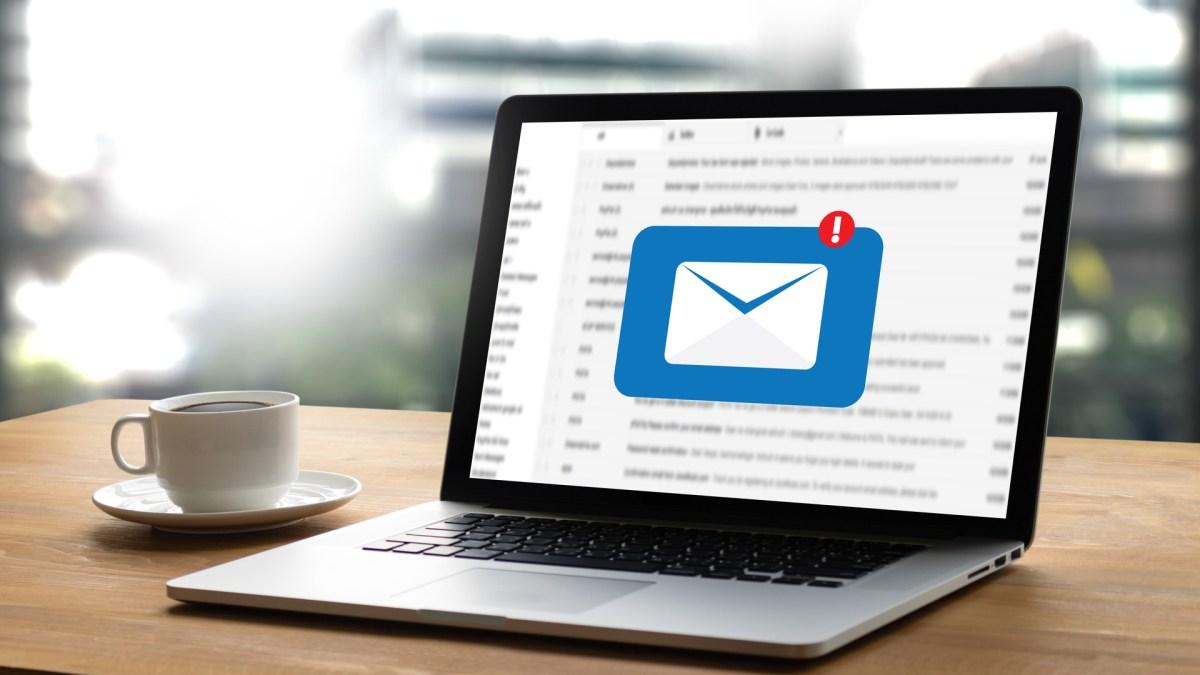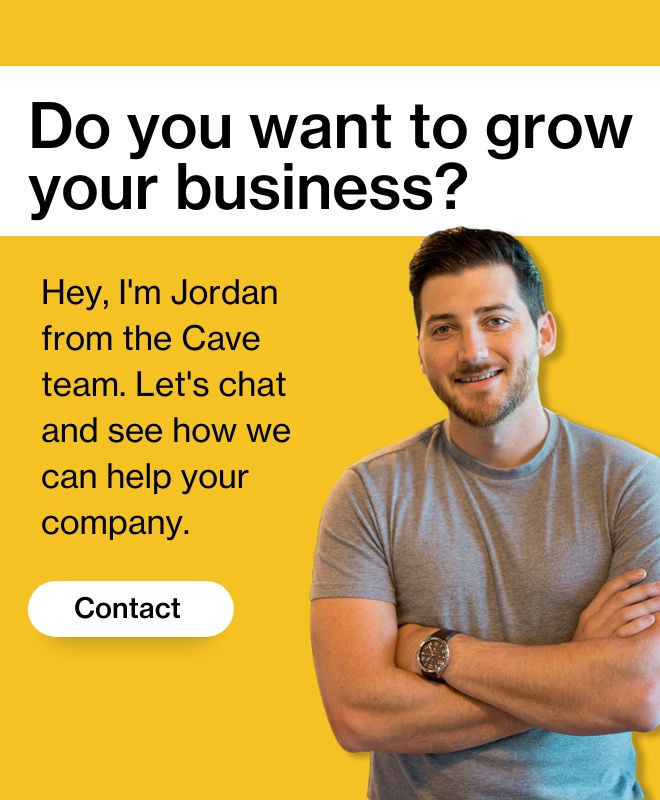Email marketing is super effective. We all know that.
But did you know that poor engagement is the top challenge of 44% of email marketers? Even if you manage to get more email subscribers and build a long email list, you might still fail.
So is email marketing worth the effort and investment when emails aren’t getting clicks and opens?
Absolutely YES, it is!
Email marketing continues to be an effective and reliable way to inform people about your business and nurture them towards the purchase and beyond.
But if you’re still apprehensive about its efficacy, check out this stat: 78% of marketers noticed a surge in their email engagement numbers in 2019 after following some proven tactics.
Such as?
To find that answer, read on. I’m going to elaborate on the top five ways to create engaging and click-worthy emails for your brand. Let’s get started.
Five Insanely Effective Tips to Create Engaging Emails
Before we start talking about engagement strategies, you need to clean your email list and remove inactive contacts.
Why so?
Because contacts that haven’t engaged with your emails in the past 12 months or so are unlikely to change their behavior, no matter what you try. And since most of the tools mentioned below cap contact volumes, it doesn’t make sense to exhaust your limit on inert contacts.
Once you have a list of high-potential contacts, it’s time to catch their attention and get them clicking on your emails. Here’s how:
1. Personalize Your Emails
The days of ‘email blasts’ are definitely over. With user attention dwindling and email volumes swelling, generic emails don’t cut the mustard anymore. To grab eyeballs, you need to create personalized, tailored messaging.
While I do understand that it’s impossible to create individualized messages for each contact, it’s important to factor in personalization when you first create your email marketing strategy.
Opt for tools that can help you with dynamic content, list segmentation, and A/B testing. Don’t limit yourself to personalized salutations and subject lines. Dig into the historical data of your contacts to find insights about their tastes and needs. Then, incorporate those insights into your email content, calls-to-action (CTA), and targeting.
Need a real-life example?
Amazon’s marketing team is known to use customer complaints to get into the minds of their customers.
practice.
There’s one more trick that experts at Amazon: They closely watch how their website visitors interact with their Recommended Products section in order to understand their psyches. Thereafter, they use this knowledge to create more on-target promotional emails. Naturally, such emails are received warmly and acted on promptly.
To conclude, personalization is one of the essential best practices for email marketing that you should follow. It will not only help you improve your email open rates but also increase your chances of getting more conversions.
2. Segment Your Contacts
If you’re still relying on a spray-and-pray approach in email marketing, I’m afraid you are just wasting your marketing budget. You need to segment your contacts into lists and create targeted campaigns for each segment.
So, if you don’t segment your email lists, it’s time you incorporate this step into your marketing strategy.
Segmentation starts with sign-up forms in which you ask your contacts and customers about their locations, ages, professions, interests, and more. You can also ask them about the kind of emails they would enjoy getting from brands like you. By soliciting permission from your customers, you gain their trust and perhaps engagement.
If you missed the sign-up form stage, worry not. You can also segment contacts by their buyer journey stages and user actions.
Sometimes, people start browsing your product pages and blog posts before they convert into customers. That’s why it’s wise to segment lists by user actions rather than customer journeys.
For older contacts, the best segmentation parameter is past email interactions. You can use tools to track your emails and divide contacts into warm, cool, and cold segments based on their click behaviors.
Once your segmented lists are ready, create dedicated campaigns for each segment. Such campaigns are high on relevancy, which is why they garner more engagement.
Want to take this strategy a step further?
Why not use dynamic segmentation for your email lists. Dynamic segmentation allows you to account for updated preferences and can update your existing segments as needed.
3. Write Compelling Subject Lines
You have just a few seconds to make a positive first impression on your email recipients and stand out in overcrowded inboxes. Strong, personalized, and catchy subject lines can do the task for you.
There are many ways to draw attention to your subject lines.
Like what?
You can include emojis, power words, and personalized offers in them. Stay away from clickbait words and phrases like ‘free,’ ‘cheap,’ and ‘discount.’ Like blog posts, listicles and how-tos have a good click-through rate in subject lines as well.
Since user fatigue is high in digital marketing, copywriting trends evolve very fast. So, stay abreast of the latest email marketing trends while crafting your subject lines.
If you don’t have the necessary copywriting skills in-house, you can always outsource content writing services to professional writers and agencies such as Attrock. You should also use subject line tester tools to optimize your subject lines and improve your open rates.
4. Make Your Emails Visually Appealing
Text-heavy emails don’t engage readers.
If your emails have short blocks of text peppered with videos and visuals, there are better chances that readers will read through till the end. In fact, including videos in your emails can improve the CTR by 300%.
If you don’t have the resources or skills to create custom videos, you can always opt for free stock footage. These videos are slick, royalty-free, and available for a nominal one-time fee.
You can also add GIFs, sliders, and collapsible menus to make your emails more interactive. Or, you can learn graphic design to enrich your emails with engaging visual content.
What else?
Ensure that your emails have a responsive design since more and more people are opening their emails on mobile devices. If your emails don’t adapt to different screen sizes, you can end up frustrating mobile users who will not hesitate to unsubscribe.
So, use white space liberally and don’t stack too many links close together if you want all your email elements to render well on small screens.
Here’s a brilliant example of a visually appealing email newsletter by TED. In it, they recommend their latest videos based on a user’s past browsing history and use images to do that. This incorporated both personalization and the visual email best practices that we talked about.

What’s more?
You can add multiple links in such emails by directing each image or video to the original source. This way, there’s not just one CTA, but plenty of options for a user to select from.
This is a neat trick to improve the click rates of your emails and direct more traffic to your website.
5. Use Email Automation
All of the above efforts will be in vain if your marketing lacks consistency and timeliness. If you don’t hustle around the clock, you can lose the equity you’ve taken years to build.
But you can’t possibly churn out campaigns at scale by hand. That’s where you need marketing automation. You can use email automation tools and platforms like Mailchimp to create marketing funnels for your segmented contacts.
These tools maintain contact profiles, A/B test your emails, and track their engagement rates. They help you create, schedule, send, and track emails while adhering to compliance regulations.
The best part about these tools are their robust analytics. They generate detailed reports about campaign performance that can be used as a compass for the future.
You can even create sophisticated drip email campaigns where an automated, personalized email is sent whenever a user interacts with your brand or website.
Someone signs up for your newsletter, they get a welcome email. Someone leaves products in their cart, they get an abandoned cart email. You get the gist, right?
Such campaigns are really good at targeting customers at strategic touchpoints to drive engagement.
Bonus Tip
In addition to all of the strategies mentioned above, you also need to ensure that your emails are useful and relevant. This might seem obvious, but many marketers often fail on this count.
Yes, you want to promote your content, brand, or product through your emails. But, why should anyone read your emails? Think about what makes it useful for your readers and then create useful and relevant content.
This is not an email marketing strategy, rather, a basic prerequisite for an email marketing campaign. So, keep this in mind when creating emails or planning your email marketing strategy and you will see the results first hand.
Are You Ready to Run Engaging Email Marketing Campaigns?
Customer engagement should be a priority for brands. It boosts customer retention and extends customer lifetime value. Acquiring new customers is relatively more challenging and costly than keeping old customers.
Among other things, email marketing can be critical to your customer engagement efforts. But, as said before, generic, bland emails can be more of a turn-off for your customers than anything else.
So, personalize and beautify your emails, segment your contacts, write powerful subject lines, and use automation tools. That way, your customers will look forward to hearing from you again and again.
Do you need more email marketing tips or tools? Let me know in the comments below. I’m always happy to help.
About the Author:

Shane Barker is a digital marketing consultant who specializes in influencer marketing, content marketing, and SEO. He is the co-founder of Attrock, a digital marketing agency. He has consulted with Fortune 500 companies, influencers with digital products, and a number of A-List celebrities.




